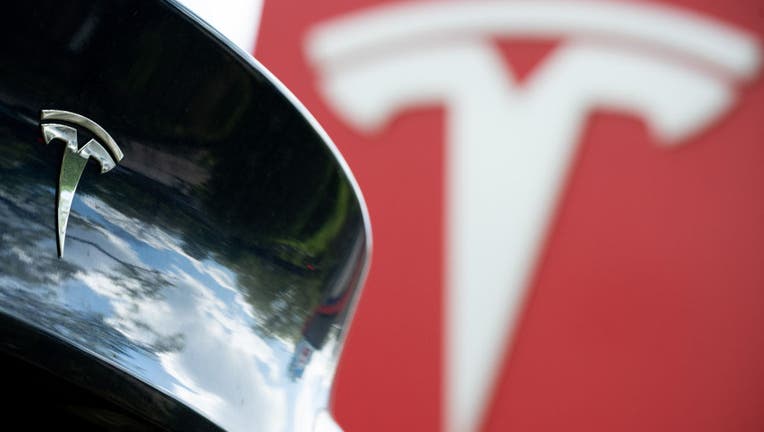Tesla's Austin 'Robotaxi' plan raises questions from U.S. safety agency

23 April 2024, Berlin: The Tesla logo can be seen behind one of the brand's cars. The car manufacturer Tesla presents its business figures for the past quarter after a decline in deliveries. Photo: Sebastian Christoph Gollnow/dpa (Photo by Sebastian
WASHINGTON, D.C. - Tesla's plan to launch fully-automated taxis in Austin by June has prompted a U.S. agency to ask the company a list of safety questions.
The National Highway Traffic Safety Administration (NHTSA) made their letter to Tesla public on Monday. The letter formally asks the company to address numerous concerns with automated driving specifications for the automated vehicles, including those involving interactions with pedestrians and adjustments to changing weather conditions.
Tesla's ride-hailing service is already live for some employees in Austin and San Francisco.
NHTSA questions Tesla on ‘Robotaxi’ safety
The letter begins by addressing public statements indicating Tesla's plan to operate a "fleet" of Model Y vehicles equipped with a new fully autonomous operating system which may be hired for public rides.
The NHTSA says the scope of the proposal - which may expand to other areas of the country later in 2025, according to the letter - requires response to official inquiries into the operating system and hardware specifications of the planned cars.
Some of the nine question sections deal with crash reporting, system development and testing, and automated responses to emergencies.
The main concerns of the letter appear towards the end of the questions, related to the use of cars without supervision and vehicle operation in road conditions with reduced visibility.
Dig deeper:
Questions about the readiness of the unsupervised taxis go into many areas of safety testing, including how the cars handle and obey traffic safety laws and how the company will monitor and evaluate the cars' performance.
The final question on visibility asks Tesla to describe how their cars will handle reduced roadway visibility conditions, such as sun glare, fog, airborne dust, rain, or snow. The letter asks the company how, or if, the cars' responses to changes to these conditions partway through a ride would be different from a ride that starts in those conditions.
What happens if Tesla doesn't answer?
The letter says Tesla may be fined up to $27,874 per day if the agency does not receive a prompt response, with a maximum fine of $139,356,994.
The NHTSA says a response is due by June 19.
Tesla autopilot safety concerns
The backstory:
The questions come after a history of difficulties with Tesla's autopilot testing.
Crashes and fatalities involving autopilot have been a constant problem with the developing technology.
In April 2024, the company settled a lawsuit in which an autopilot passenger was killed in a crash in California.
As recently as October 2024, the NHTSA has been legally involved in probing Tesla's autopilot development, following serious collisions during use of the system.
To read the full letter from the NHTSA, click here.
The Source: Information in this article comes from the National Highway Traffic Safety Administration. Other information comes from previous FOX reporting.


